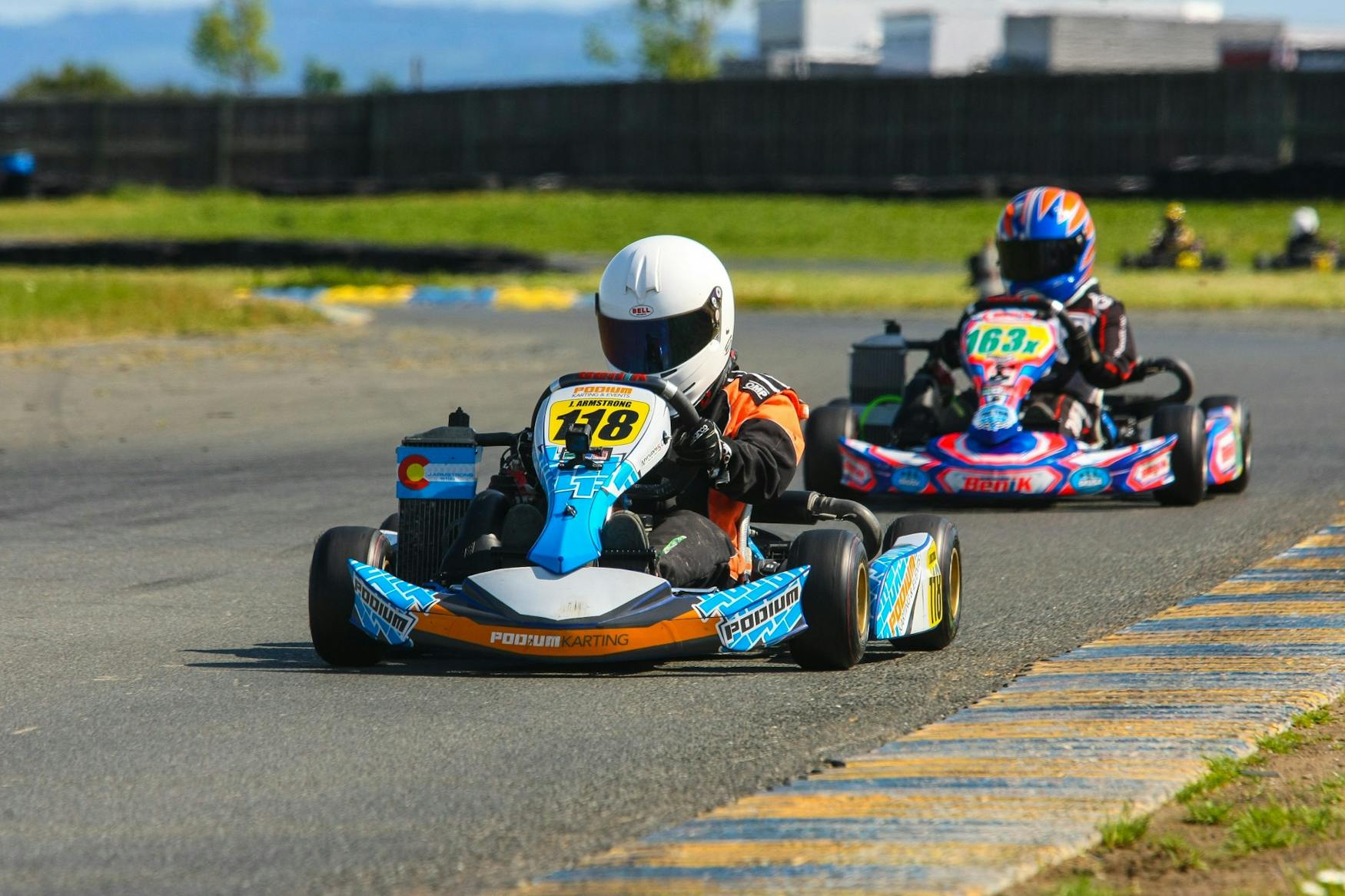How Formula One failed Oscar Piastri and other future talents
Oscar Piastri, who won Formula Two in 2021, becomes the second champion in three years to miss out on a Formula One drive.
Australian Oscar Piastri, the 2021 Formula Two champion, faced a familiar challenge with many young drivers as they competed for a seat in Formula One. From 2019 to 2022, Piastri won every championship he participated in and quickly rose through the lower categories of motorsport. Having crafted an impressive resume similar to that of current F1 drivers, George Russell and Charles Leclerc, he is, on paper, one of the most qualified young drivers for a seat in F1.
When Russell and Leclerc moved to the big league, both signed for the sister team of their driver academies. Russell, who was in the Mercedes young driver program, initially signed to sister team Williams, and Leclerc signed for Sauber, which was the sister team of Ferrari. The first obstacle for Piastri’s journey to F1 was that his driver academy Alpine does not have a sister team. Even worse for Piastri is that the Alpine main team has both seats occupied by Esteban Ocon and Fernando Alonso. With Esteban Ocon having signed a three-year contract until the end of 2024, the only hope for Ocon is if Alpine got rid of proven race winner and former champion Fernando Alonso, which would certainly be a hard decision for the team to make.
While Piastri failed to make the 2022 grid, fellow Alpine young driver Guanyu Zhou was confirmed to enter Alfa Romeo alongside Valterri Bottas. Zhou, who finished third behind Piastri, is set to become the first full-time Chinese driver in the sport and brings immense exposure to the sport from the Chinese market. Because the Chinese Grand Prix has been canceled for the past two years due to the pandemic, Alfa Romeo seized on an opportunity to bring in funds through Chinese sponsorship. Although Zhou being Chinese is not something that Piastri could do something about, the lack of significant backing for Piastri is an important factor to getting into F1 as shown by the past three years of rookies — Nicholas Latifi, Mick Schumacher, Nikita Mazepin, Yuki Tsunoda, and Guanyu Zhou — who all to some extent have significant backing from a corporate entity, their country, or by being a seven-time World Champions’ son. While that isn’t to say that these drivers aren’t significantly talented, without a mass retirement of current drivers, the only feasible option is to remove an existing driver and insert a new one. Although teams have many reasons to replace drivers, the possibility of funds would be a compelling reason for financially struggling teams.
Another reason for Piastri’s misfortune is that he found himself in a period of stability in terms of the demand for young drivers. Almost all top drivers have a “young driver” in place to carry the team forward into the new era of regulations. With Alpine seeming to be satisfied with Ocon, there is no saving grace for Piastri whose only selling point is being a young talented driver who can lead the team into the next era.
Piastri’s situation is not unique, with several other talented young drivers in the sport missing out on potential seats. While not all cases are the same, a common theme is that there are just not enough seats to fill all “deserving” drivers. Moreover, with factors other than talent playing a role in the allocation of seats, it can be hard for drivers without significant backing to make it to the big leagues.



Please note All comments are eligible for publication in The Justice.